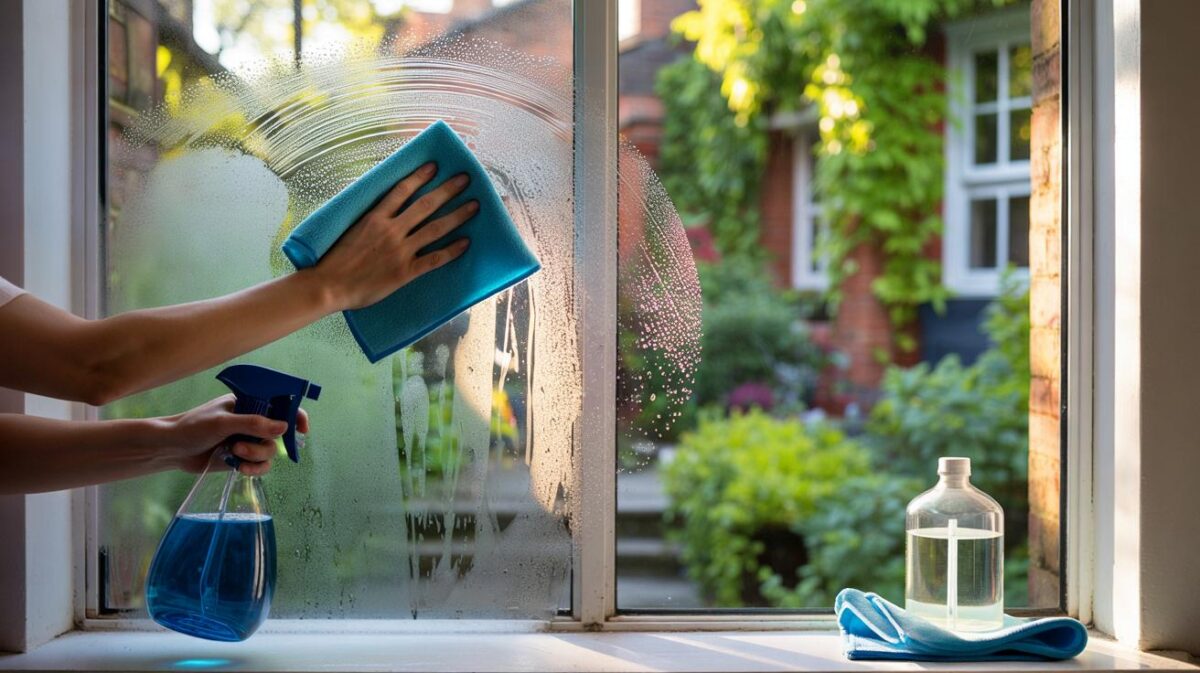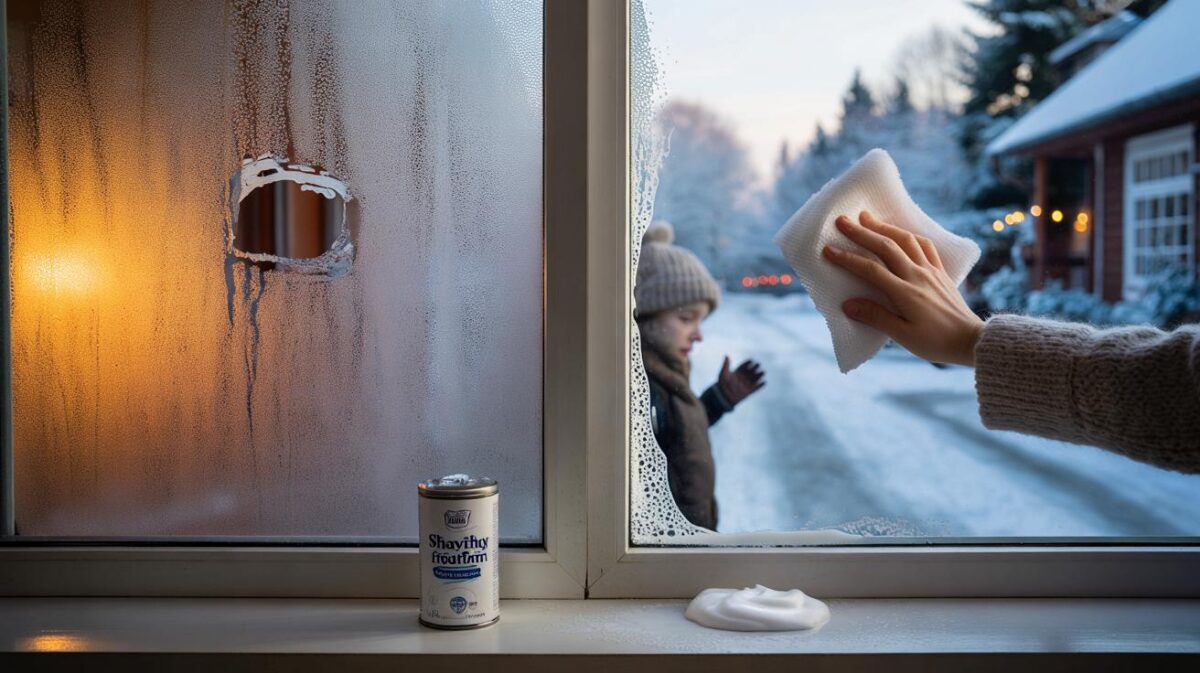Across social feeds this month, people are whisking honey with bicarbonate of soda and smoothing it over their faces. The mix is billed as equal parts cleanser, exfoliator and calming mask. Fans claim fewer bumps and more brightness. Critics point to pH science and warn about irritation. Here is what the trend really offers, where it can go wrong, and how to minimise risk if you try it.
Why people are mixing honey and bicarbonate of soda
Honey brings humectant power. It helps skin hold water and softens texture. Raw honey also contains enzymes and small amounts of hydrogen peroxide that can limit the growth of some bacteria on the skin’s surface. Bicarbonate of soda offers fine, dissolvable crystals that provide gentle mechanical exfoliation when used sparingly. The paste glides, lifts debris and rinses off cleanly.
Together, the duo aims to cleanse, buff and soothe in one step. That convenience explains the spike in popularity. The ingredients cost pennies per use and already sit in most kitchens. People with normal to oily skin report a smoother feel after a single session. Those with easily clogged pores often see quicker makeup application the next day.
Key claim: a 2:1 mix of honey to bicarbonate of soda, applied for 3–5 minutes, can leave skin softer and visibly brighter.
The method people are following
Simple ratio and timing
Make a small batch. Stir two teaspoons of honey with one teaspoon of bicarbonate of soda until the paste turns glossy. Add a splash of water if it feels too thick to spread. Use clean fingers on a damp face. Avoid the eye area. Massage for 20–30 seconds with light pressure. Leave in place for up to five minutes, then rinse with lukewarm water and pat dry. Follow with a bland moisturiser.
- Frequency: once a week for sensitive or dry skin; up to twice for resilient skin.
- Patch test: dab behind the ear or on the jawline for 24 hours before first use.
- Pressure: use fingertips, not a scrub mitt. Do not rub on inflamed spots.
- Aftercare: apply sunscreen the next morning; freshly exfoliated skin needs protection.
Skin’s acid mantle sits around pH 4.7–5.5. Bicarbonate sits near pH 8–9. Keep contact short and buffer with honey to reduce disruption.
What science says about the claims
Exfoliation and hydration
Exfoliation helps shed dead cells that dull the surface. Fine bicarbonate particles dissolve quickly in water, so they tend to scrub less harshly than nut shells or sugar crystals. Honey’s humectants pull moisture into the upper layers. Together, this can improve light reflection and softness for a day or two.
Breakouts and bacteria
Honey’s low-level antimicrobial activity may help with surface bacteria, which can support clearer-looking skin. It will not replace targeted acne treatments. For active, painful spots, over-rubbing any scrub risks microscopic tears and worse redness.
Barrier balance and pH
Healthy skin favours a mildly acidic surface. Alkaline products can disturb that balance, especially with frequent use. Honey lowers the overall pH of the mixture, but it does not fully neutralise bicarbonate. That is why shorter sessions and lower frequency reduce the chance of irritation.
Who could benefit, and who should skip it
Normal to combination skin types often tolerate occasional use. Oily skin may enjoy the immediate matte feel after the rinse. People with reactive, very dry, or eczema-prone skin have higher risk of stinging and flares. Skin already using retinoids, chemical exfoliants, or prescription acne medicine sits closer to the irritation threshold.
| Honey type | Notable compounds | What that means for skin |
|---|---|---|
| Raw floral honey | Enzymes, antioxidants | Good humectancy and mild calming; check for pollen sensitivity |
| Manuka-style honey | MGO, low water activity | Stronger antimicrobial profile; often thicker and stickier |
| Filtered supermarket honey | Consistent texture | Reliable glide and hydration; fewer trace botanicals |
If your skin stings, goes bright red, or feels tight for more than 30 minutes, stop and switch to barrier-repair products for several days.
Risks you should weigh before you try it
Over-exfoliation
More is not better. Repeated alkaline scrubbing thins the protective layer and can lead to flakiness, shiny patches and breakouts. Keep sessions brief and infrequent. Adjust pressure rather than adding more powder.
Contact reactions
Honey can trigger reactions in people sensitive to bee-related products or certain pollens. Bicarbonate can cause burning if left on too long. A patch test flags most problems before they spread across the face.
Mucous membranes and eyes
The mixture stings eyes. Work away from the orbital area. Rinse straight away if any slips near the lashes. Do not use inside the nose or on broken skin.
Cost, convenience and the eco angle
A teaspoon of bicarbonate plus two teaspoons of honey costs a fraction of a typical face scrub. No plastic microbeads go down the drain. Packaging waste is low because you use pantry items. Shelf life is simple: mix fresh each time. Discard leftovers rather than storing a pot that can grow microbes.
How to make it work with the rest of your routine
Pair the mask on nights you skip acids or retinoids. Follow with a fragrance-free moisturiser containing ceramides or squalane. If using vitamin C in the morning, apply sunscreen as your final layer to preserve the brightening effect. Those with oilier skin can add a clay mask on a different day, not the same session.
One practical plan: use the honey–bicarbonate mix on Sunday evening, then keep the rest of the week gentle and consistent.
What dermatologists would likely say if you asked
They tend to favour evidence-led routines and predictable pH ranges. Many would accept occasional use for non-sensitive skin, provided you keep application short and moisturise afterwards. They would advise against daily use. They would steer those with rosacea, eczema or active acne cysts toward leave-on acids at correct pH or professionally guided care.
If you want similar benefits without bicarbonate
Try plain honey as a five-minute mask for hydration only. Consider a soft washcloth for mechanical lift. Look for cleansers with low-level lactic acid if you prefer chemical exfoliation. Choose products stating a pH near 5–5.5 for everyday cleansing.
Extra context to help you decide
Think about your skin goals. If you want a quick surface refresh before an event, a carefully timed honey–bicarbonate session can smooth makeup laydown. If you are chasing long-term texture change, build a routine with steady, mild actives and SPF. Measure results with photos in the same light every week. Track any redness or flaking, and adjust frequency accordingly.
Finally, consider provenance. Raw, responsibly sourced honey supports small producers and often has a richer texture. Store both honey and bicarbonate in closed containers away from moisture. Keep the mix out of reach of children. Honey should not be ingested by infants under one year old. For adults, keep this trend on the skin, keep it short, and listen to how your face feels over the next 24 hours.








